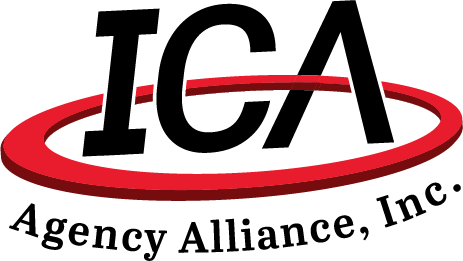Planning to buy an electric “toy” for your tween this Christmas?

Picture this…. Dec. 25th, 13 year old, Johnny is psyched about his new electric skateboard. (pic of kid with electric skateboard) Now he can cruise around town with his friends.
He cruises up to the park to practice on it. While he’s there, he runs into someone causing them to fall and break their arm. UH OH! …….
Does your client have liability coverage to pay for the medical bills? You would assume so since you know that the homeowners liability coverage does apply to family members and this was not an excluded, intentional act. A regular skateboard would be no problem but put a motor on it and now we may have a problem, as not all homeowners policies extend liability for this type of exposure.
There are a couple of different places to look for coverage in the home policy.
“Motorized vehicles not licensed for road use”, under the liability section is a good start but that coverage applies more to a vehicle used to maintain the property (like riding lawnmowers). Those vehicles are only covered for liability if they are “on the residence premises”.
But the skateboard is really more of a toy, right?; so let’s look for “toy vehicle coverage”. Many carriers will provide property coverage with no problem.
The standard ISO home policy does not extend liability for these types of “toy vehicles” off the residence premises. However, recognizing this gap in coverage, some carriers have amended the ISO policy to cover it. There is an ISO endorsement available but not all carriers use it because they don’t want the added exposure.
It is important to read the policy since some carriers are very specific about what types of toy vehicles they will cover. One carrier states “not 2 wheels, not licensed for road use, goes no more than 15 mph on a flat road”, which provides limited liability coverage to the client.
Remember, any producer can handle common exposures for most individuals or families. The quality that distinguishes a great producer from an ordinary one is the ability to identify a client’s UNcommon loss exposures, like this one, then design an insurance program that addresses those exposures.



